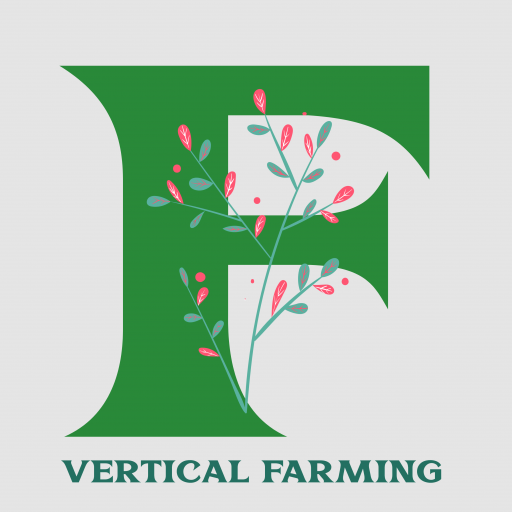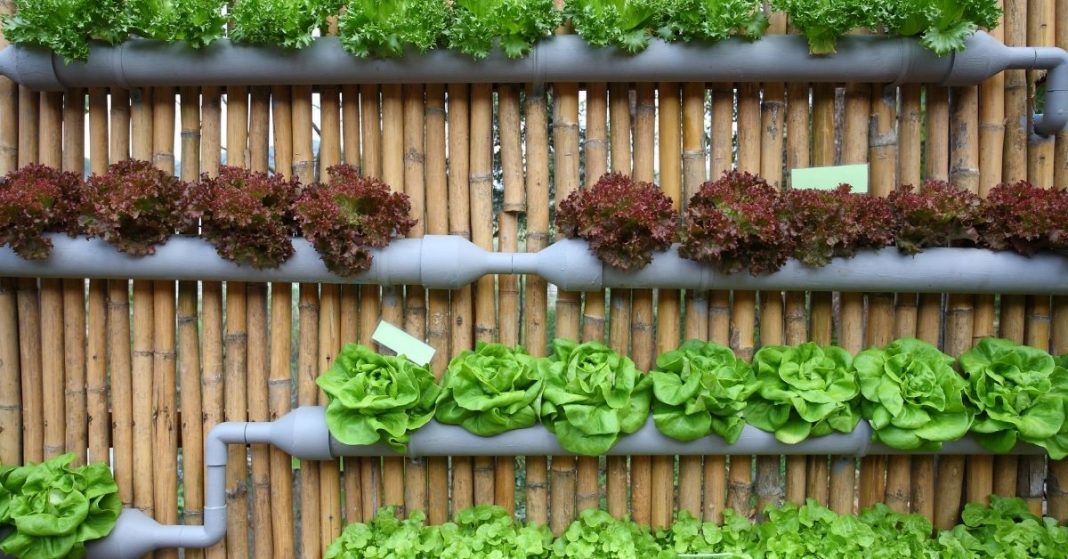Aeroponics Vs Hydroponics – Which Is the most beneficial?
The newly developed cultivation systems, Aeroponics, and hydroponics are quickly becoming popular in different areas of the globe. If you are looking to find alternatives to traditional methods of soil cultivation, the comparison between the two is the best option, to begin with. Aeroponics and hydroponics, the two popular methods for growing plants without the need for soil, are based on the fact that soil is a medium that provides the necessary nutrients to grow plants. Still, it is not a necessity in and of itself. It can become difficult at times when it comes to using, particularly if you have no concept of how they operate or which has an advantage over the other.
Aeroponics Vs Hydroponics – Which Is the most beneficial?
Aeroponics
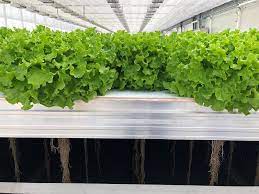
Aeroponics is the method of growing plants in the air instead of in the soil. The word “aeroponic” originated from the Greek term “aero,” which means air, in addition to “ponos,” which means labor. In this method, the growth of plants is made easier by suspending them in the air inside an enclosed area and supplying them with the required nutrients by spraying their roots with nutrient-rich solutions. Pressure pumps are utilized to spray solutions and create mist within the enclosed area. Because the whole process is carried out in an enclosed space and there is no wind, the mist will stay for longer, which helps the plants grow rapidly.
Hydroponics

As with Aeroponics and hydroponics, the nutrients are dissolved in water and then supplied directly to the plants through their roots. However, in this case, instead of spraying the solution, the plants are grown in containers of nutrient solutions, in which case the solution flows through the roots. The word “hydroponic” originated from the Greek word “hydroponic,” which means “water,” “hydro,” meaning water, as well as “ponos,” which means labor. Hydroponics is classified into two kinds: (i) solution-culture hydroponics, in which only nutrient solutions are used to promote plant growth; and (ii) medium-culture hydroponics, in which expanded clay aggregates, gravel, or rock wool is used as a substrate to support the plants.
#.There are principal differences between hydroponics and Aeroponics.
Aeroponics
- Plants are held by the roots of their plants, exposed to the air.
- A mister or spraying mechanism sprays nutrients and water directly onto the roots.
- The majority of aeroponics systems have a vertical alignment.
- Aeroponics doesn’t require an air pump or an air stone.
- Many systems for Aeroponics are one-piece components (meaning that they’re self-contained).
- Smaller vegetables, fruits, and even herbs are frequently used.
- Aeroponics is usually regarded as simpler to install and operate and maintain than hydroponic systems.
- It is more affordable to start with than hydroponics.
Hydroponics
- The plants are either fixed in an inorganic growth environment or submerged in water.
- Air, water, and nutrients are absorbed by roots from deep water or flowing waters.
- Hydroponic systems come in many sizes, shapes, and designs.
- Most hydroponic systems rely on air pumps as well as air stones.
- Many hydroponic systems need extensive pipes, hoses, or tubes to connect the various components of the system.
- It is most commonly used for growing anything from vegetables and fruits to trees, shrubs, and dwarfs, as well as flowers, herbs, and houseplants.
- The costs of starting up are higher.
Please continue reading to find out more about the differences between Aeroponics and hydroponics, and then separate them using the use of a fine-tooth comb!
#.Different types of aeroponic systems
There are three major varieties of aeroponic systems: low-pressure, high-pressure, and ultrasonic.
- Low-pressure arrangements are the simplest type of Aeroponics. They’re also the easiest to implement, using low-pressure water to supply plants using a single drop of water that’s infused with nutrients.
- The high-pressure principal difference between this kind of Aeroponics and other varieties is that it relies on a higher pressure of water and timers to provide the roots of plants with a complete spray or mist of nutrients and water.
- Anderson: The most under-appreciated, since it’s the most complicated kind of aeroponic system, is the ultrasonic version, which delivers precisely measured and scheduled micro-bursts of water through tiny mists.
#.Hydroponic Systems: Types of Systems
Hydroponic systems come in various sizes, shapes, and styles. Below are the six most commonly used kinds:
-
- This basic form of hydroponics is the practice of anchoring plants directly to the reservoirs of nutrients and water, submerging their roots, and then supplying their water supply with air.
- Another simple form of hydroponics, ebb, and flow, revolves around a reservoir filled with pipes planted in pots netted with nutrient-rich water. The water then utilizes gravity to flow back to its source.
- NFT: The NFT type of hydroponics is comparable to flow and ebb, but its flow is less (technically thought of as a film of nutrients and water) and is always found inside the pipes used for growing.
- DRIP A hydroponic plant operates like its name suggests: it provides plants with drips (that could be manual or automated) of nutrients and water taken from the main reservoir.
- Aeroponics is a popular and easy-to-learn version of hydroponics. Aeroponics typically centers around plants in grow towers that have built-in misters that release a stream of nutrients and water to the plants.
- Wick Another quite simple method of hydroponics is wicking systems. They see plants being fed by nutrients and water literally wicked upwards from the reservoir that is used for main irrigation.
#.Knowledge and abilities are required.
Another significant distinction between hydroponics and Aeroponics is the amount of skill and knowledge needed to start either.
Aeroponics
Skills and knowledge aren’t necessary for beginner-friendly systems because of their user-friendly designs and automated features (like automated timing devices and waterers).
You will require some expertise for larger-scale systems, cultivating multiple crops, and maintaining your operation throughout the year.
Hydroponics
Anyone with any ability and level of knowledge can get started easily by experimenting with DWC hydroponics. The system is simple and extremely easy to master.
More advanced systems, with more intricate and interconnected components like NFT, Ebb, and Flow and custom-designed setups, require lots of knowledge and experience to run a successful operation.
#.Aeroponics vs. Hydroponics
The two are different from geoponics, i.e., growing plants in soil, since these nutrients get absorbed by the plants through their roots once they have disintegrated in water. Because water is the medium in both cases, the term “aeroponics” is often thought of as an element of hydroponics. However, if you look closer, you will see that they are completely distinct. Each method has its own distinct advantages and disadvantages that must be considered in deciding which one is the better of both.
Plant Growth
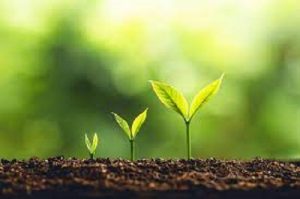
If we look at Aeroponics and hydroponics concerning crop growth or yield, Aeroponics has an obvious advantage over other methods. The root systems aren’t subjected to proper air circulation in hydroponics since they are submerged in water. However, in Aeroponics, root systems are suspended within the air, which allows the plant to absorb oxygen more easily. If scientists are right, it’s the aeration process that contributes to the good growth and, subsequently, more productive results in Aeroponics.
Plant Health
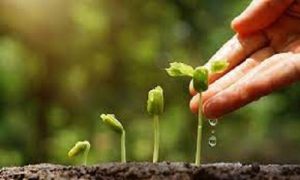
In the event of illness to the plants, Aeroponics offers advantages because of two main aspects. The first is that Aeroponics is done within a protected environment, so the chance of plants coming into proximity to foreign elements is extremely low. Furthermore, fresh nutrients are sprayed onto the plants each time. When hydroponics is utilized, there is a high chance of bacterial growth since the humidity levels in the environment are extremely high.
Effects on the Environment
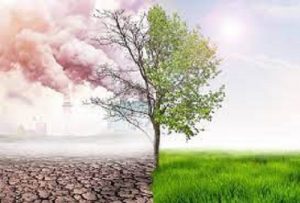
Since they are eco-friendly and environmentally friendly, both methods are advantageous over geoponics since they don’t encourage the use of chemicals such as pesticides or fertilizers. Experts believe that Aeroponics may have a slight advantage over hydroponics because it uses much less water and only requires about 25% of the nutrient supply as the other.
Initial Investment

When the starting investment is concerned, the initial cost for both of the techniques is expensive. Contrary to hydroponics, in which water functions as a medium, there isn’t a medium in Aeroponics. This is because the whole process is dependent on the equipment. If the equipment malfunctions, it will affect the plant’s health. Without the proper nutrients, plants will not be able to sustain themselves for longer than a couple of hours. This is why a backup plan is essential for any aeroponics system, which can boost your initial expenditure and provide hydroponics with an advantage.
While Aeroponics may be perceived as more expensive due to the initial investment cost, the fact is that it still beats hydroponics in the overall race. Opting for Aeroponics over hydroponics can come from investing more in more advanced facilities (which is absolutely true). Whatever the superiority, there’s no doubt that the advent of these systems for cultivation was an unexpected blessing as soil degradation has become an increasingly significant issue in the last few years.
